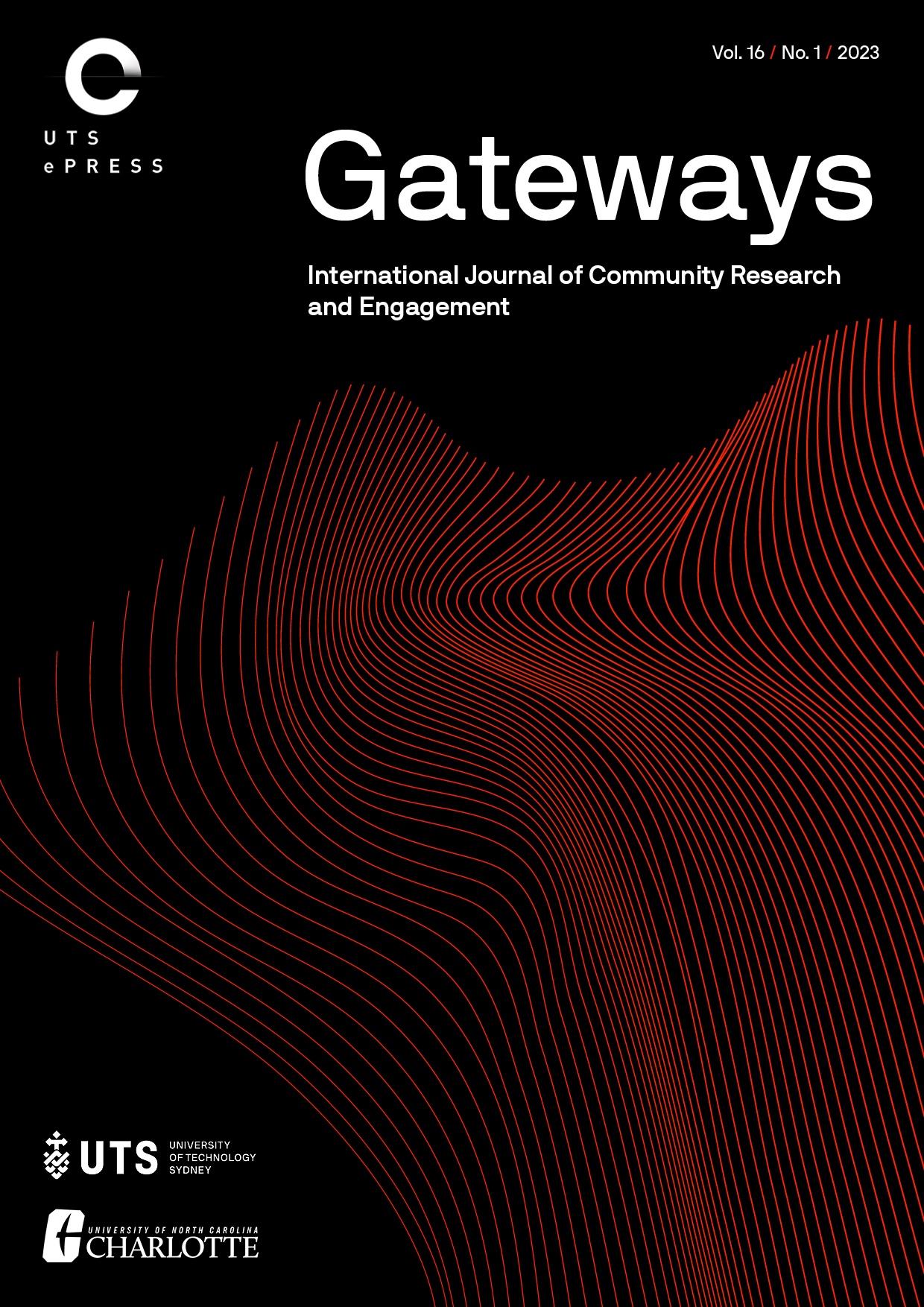A practice-based guide for creating STEM service learning courses
Main Article Content
Abstract
This practice-based article describes two undergraduate service learning (SL) courses in STEM disciplines: economics and neuroscience. We share our experiences to encourage other instructors to develop their STEM SL courses. The top five majors by degree completion in order of popularity are computer science, economics, public policy, biology and engineering at our institution, Duke University, Durham, NC (Spicer 2023); four of these are STEM, yet they represent less than 20 percent of our SL courses (Whiteman 2023). This under-representation has resulted in fewer resources that are STEM SL- specific. The resources for SL in the social sciences are well established, but do not necessarily translate well to STEM SL courses.
There are many reasons to adopt SL for STEM courses. It offers students the opportunity to give back to the community and to learn in meaningful ways outside of the classroom. As described by the American Association of Colleges & Universities (AAC&U 2022a), ‘working with community partners is good preparation for citizenship, work, and life.’
We describe two basic models, the direct and indirect SL model, and how these were used in our courses. Based on our practice-based experiences, we developed four stages for our colleagues to follow when creating their STEM SL course: (1) identify course objectives; (2) build mutually beneficial partnerships; (3) design assignments; and (4) integrate reflections. Our goal was to share the course structures we developed using these stages so that others could adopt them in their STEM disciplines.
Article Details
Issue
Section
Authors who submit articles to this journal from 31st March 2014 for publication, agree to the following terms:
a) Authors retain copyright and grant the journal right of first publication with the work simultaneously licensed under a Creative Commons Attribution License that allows others to share and adapt the work with an acknowledgement of the work's authorship and initial publication in this journal.
b) Authors are able to enter into separate, additional contractual arrangements for the non-exclusive distribution of the journal's published version of the work (e.g., post it to an institutional repository or publish it in a book), with an acknowledgement of its initial publication in this journal.
c) Authors are permitted and encouraged to post their work online (e.g., in institutional repositories or on their website) prior to and during the submission process, as it can lead to productive exchanges, as well as earlier and greater citation of published work (See The Open Access Citation Advantage Service). Where authors include such a work in an institutional repository or on their website (ie. a copy of a work which has been published in a UTS ePRESS journal, or a pre-print or post-print version of that work), we request that they include a statement that acknowledges the UTS ePRESS publication including the name of the journal, the volume number and a web-link to the journal item.
d) Authors should be aware that the Creative Commons Attribution (CC-BY) License permits readers to share (copy and redistribute the work in any medium or format) and adapt (remix, transform, and build upon the work) for any purpose, even commercially, provided they also give appropriate credit to the work, provide a link to the license, and indicate if changes were made. They may do these things in any reasonable manner, but not in any way that suggests you or your publisher endorses their use.
For Volume 6 (2013) and before, the following copyright applied:
Articles published by UTSePress are protected by copyright which is retained by the authors who assert their moral rights. Authors control translation and reproduction rights to their works published by UTSePress. UTSePress publications are copyright and all rights are reserved worldwide. Downloads of specific portions of them are permitted for personal use only, not for commercial use or resale. Permissions to reprint or use any materials should be directed to UTSePress.
